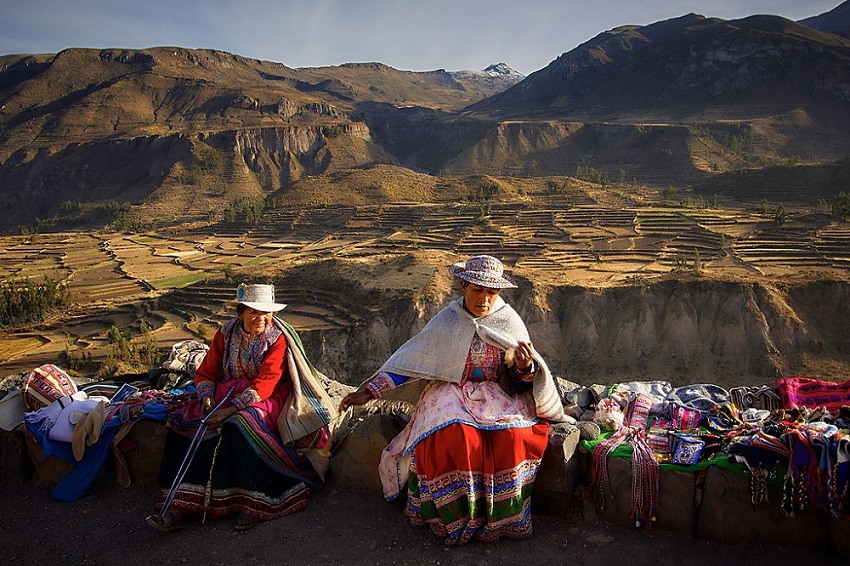When travelers think about visiting Peru, the first thing that comes to their mind is to visit the world-famous Machu Pichu. However, Peru also has another stunning tourist attraction— Colca Valley, an exuberant Andean vegetation that surrounds one of the deepest canyons in the world.
Colca Valley holds the largest canyon in Latin America. It is a perfect setting for those who love extreme sports as well as a relaxing place to rest and enjoy its stunning landscape, all under the watchful eye of the king of the skies, the condor.
Colca Canyon is one of those places in Peru that has everything and more. From hot springs, rafting, mountain climbing, and trekking to seeing of the condor and other animals typical of the Andes in their natural habitat.
The canyon is the deepest in the world, more than twice the depth of the Grand Canyon in the United States, reaching 5000 m deep, from the top of the snowy Andean mountains to the riverbed.
It is the third most visited tourist destination in Peru, with around 120,000 visitors a year. It is located in southern Peru, about 160 km northwest of Arequipa and 40 km from Chivay, the city that is the gateway to the Valley of the Colca.
The canyon reaches its greatest depth in the Huambo region, where the river has an altitude of 1,066 m and its highest point is 6,288 m high in Pico Ampato, an extinct snow-covered volcano.
The “Cruz del Condor” lookout is the most popular tourist spot to see the condors and the canyon.
The local people maintain their ancestral traditions and continue to cultivate plantations on the Inca terraces.
Visiting the canyon can be done in a few different ways, but the most common are: a one-day tour from Arequipa or a two-day, one-night independent trek, guided trek, or guided tour.
To get to there, your starting point will be the city of Arequipa. The itinerary to Colca Canyon is much simpler than it seems. There are many tour agencies that do the tour. Just walk in the Plaza de Armas in Arequipa to find the right one for you.
During the tour, you will come across some very tasty food in the small villages, but be careful. The thin air makes digestion more difficult, so go easy on your food.





